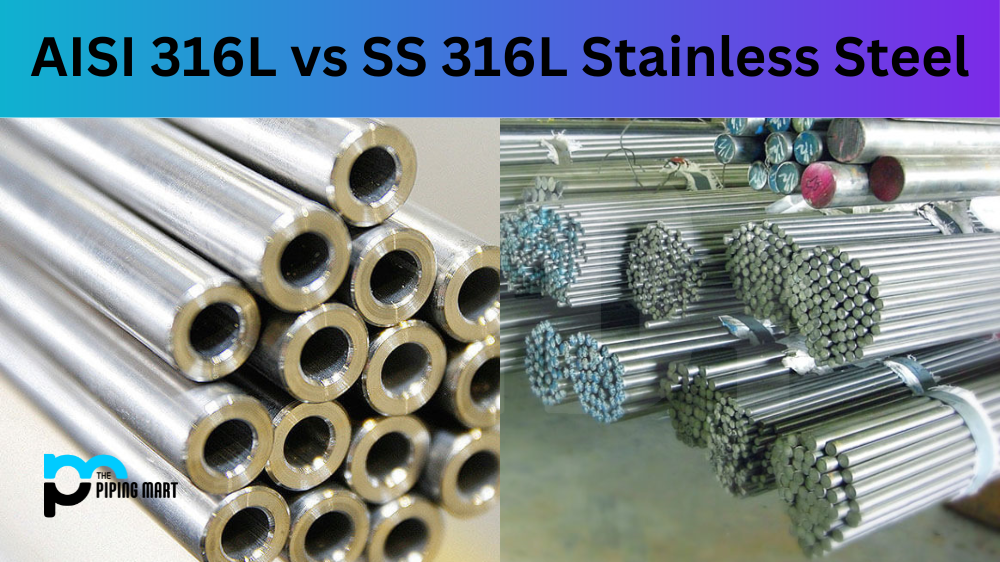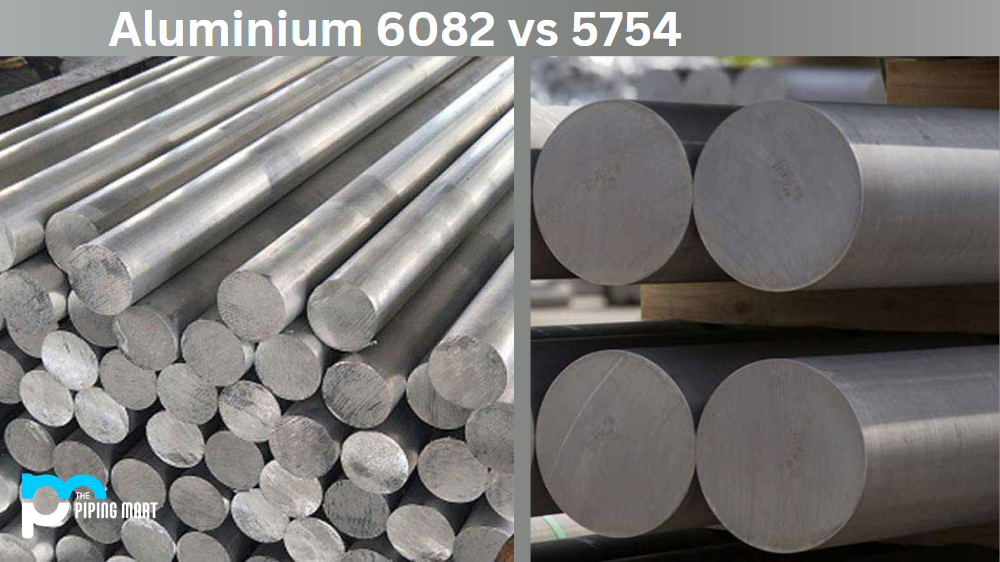When it comes to stainless steel, numerous options are available for various applications. Two of the most popular variants are AISI 316L and SS 316L. Both are made from the same alloy, but how do they differ? Let’s look at these two types of stainless steel to see how they compare.
Difference Between AISI 316L and SS 316L Stainless Steel
AISI is an American Iron and Steel Institute acronym, while SS stands for “Stainless Steel.” Fundamentally, the only difference between AISI 316L and SS 316L is that the former is an American standard while the latter is a European one. Each variant has different production processes, properties, and grades.
When it comes to properties, both AISI 316L and SS 316L offer excellent corrosion resistance due to their high chromium content. They also have impressive mechanical strength, making them suitable for harsh environments or high-stress applications like bridges or oil rigs. Additionally, both variants possess excellent weldability and formability, allowing them to be manipulated into complex shapes without compromising their integrity. Their main difference lies in their chemical composition; AISI 316L has a slightly higher carbon content than SS 316 L (0.03% vs 0.02%). This makes it better suited for welding applications since it is less susceptible to cracking during welding processes than its European counterpart.
Composition
The composition is the main difference between AISI 316L stainless steel and SS 316L stainless steel. AISI 316L stainless steel is an iron, carbon, chromium, and nickel alloy. SS 316L stainless steel is a compound of chromium, molybdenum, and nickel.
Properties
The main difference between AISI 316L stainless steel and SS 316L stainless steel is the properties. AISI 316L stainless steel is more corrosion-resistant than SS 316L stainless steel. AISI 316L stainless steel is also more complex than SS 316L stainless steel.
Uses
The main difference between AISI 316L stainless steel and SS 316L stainless steel is the uses. AISI 316L stainless steel is used in food processing equipment, chemical processing equipment, and medical devices. SS 316L stainless steel is used in construction, marine applications, and chemical processing equipment.
Cost
The main difference between AISI 316L stainless steel and SS 316L stainless steel is the cost. AISI 316L stainless steel is more expensive than SS 316L stainless steel because it has a higher carbon content.
Conclusion:
For many applications requiring stainless steel, both AISI 316L and SS 316 L are great options due to their superior corrosion resistance, mechanical strength, weldability, formability and chemical composition. Ultimately, it will depend on your specific needs as to which type of stainless steel you should use in your project—AISI or SS—as there are subtle differences between them that may give one variant an advantage over the other depending on your application requirements. Before making any decisions, consult with a professional or expert to ensure that you make the right choice for your particular project!

Abhishek is a seasoned blogger and industry expert, sharing his insights and knowledge on various topics. With his research, Abhishek offers valuable insights and tips for professionals and enthusiasts. Follow him for expert advice on the latest trends and developments in the metal industry.




